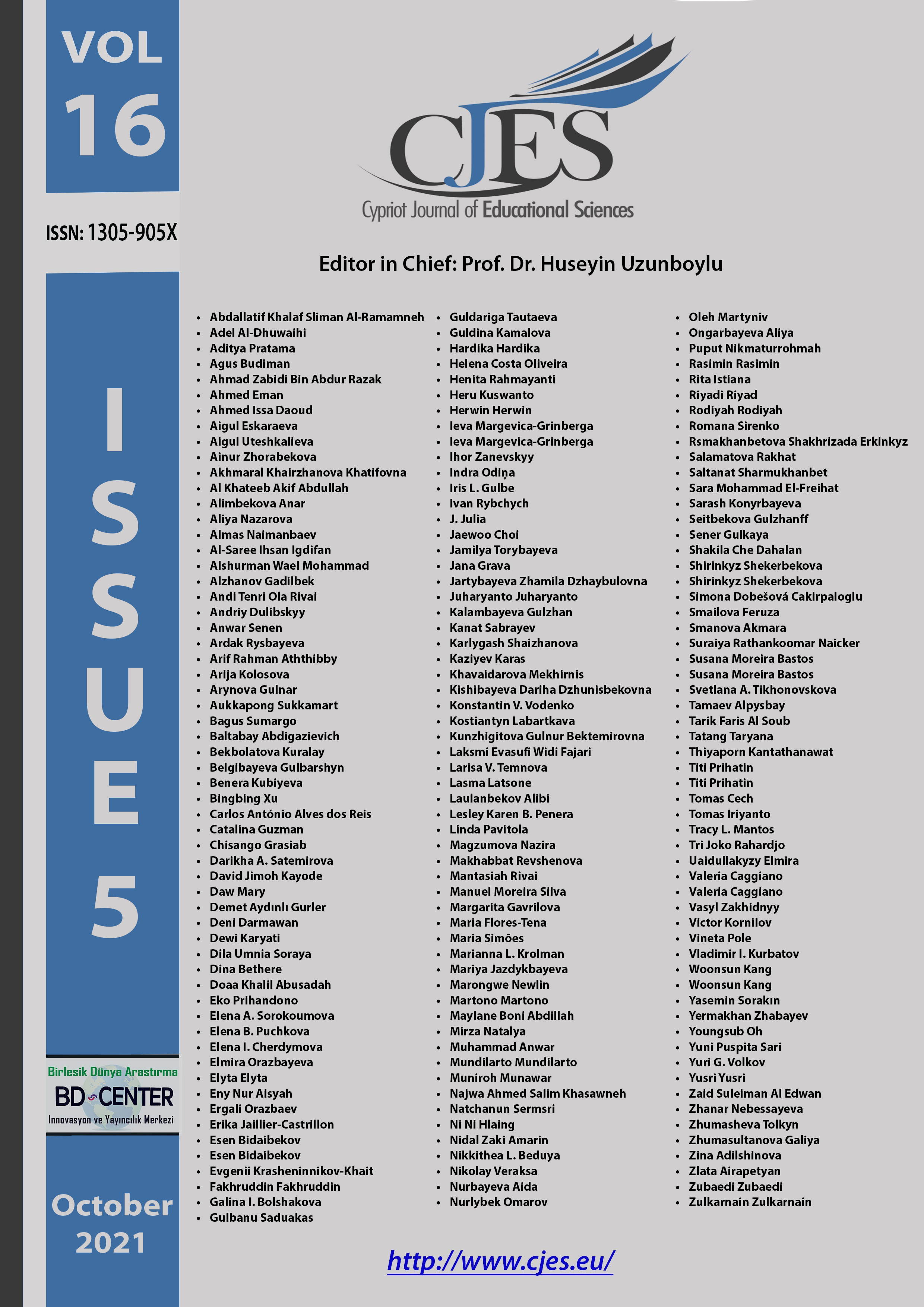Forming cognitive activity in primary school students with samples of folk oral literature
Main Article Content
Abstract
The goal of every nation is to raise a healthy and conscious generation that will continue their life and experience. Therefore, in this article, the aim was to comment on the concepts of samples of folk oral literature and analyze the problem of forming the cognitive activity of Primary School students. In this regard, the research work was carried out in primary classes of multidisciplinary Secondary School No. 156 in Almaty (Kazakhstan). The participants were primary school teachers and primary school students who participated in a pedagogical experiment. The results were analyzed using percentages. As a result, it was concluded that tasks prepared using samples of oral folk art and effective and modern methods of its use in the classroom allow us to form the cognitive activity of Primary School students. This, in turn, contributes to the comprehensive development of students as a person.
Key words: samples of oral folk art, cognition, cognitive activity, Primary School students.
Downloads
Article Details

This work is licensed under a Creative Commons Attribution 4.0 International License.
Cypriot Journal of Educational Sciences is an Open Access Journal. The copyright holder is the author/s. Licensee Birlesik Dunya Yenilik Arastirma ve Yayincilik Merkezi, North Nicosia, Cyprus. All articles can be downloaded free of charge. Articles published in the Journal are Open-Access articles distributed under a CC-BY license [Attribution 4.0 International (CC BY 4.0)].
Birlesik Dunya Yenilik Arastirma ve Yayincilik Merkezi (BD-Center)is a gold open-access publisher. At the point of publication, all articles from our portfolio of journals are immediately and permanently accessible online free of charge. BD-Center articles are published under the CC-BY license [Attribution 4.0 International (CC BY 4.0)], which permits unrestricted use, distribution, and reproduction in any medium, provided the original authors and the source are credited.

